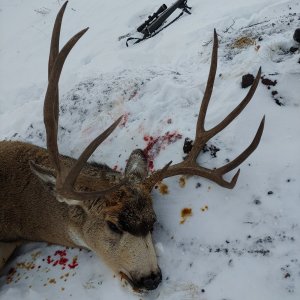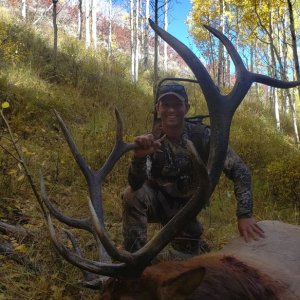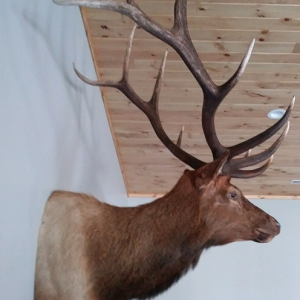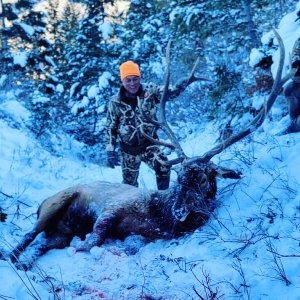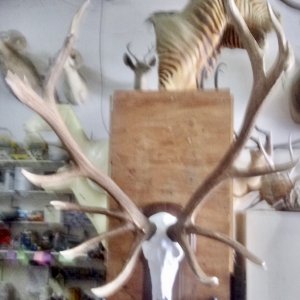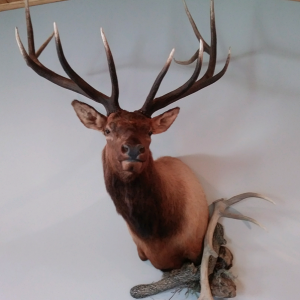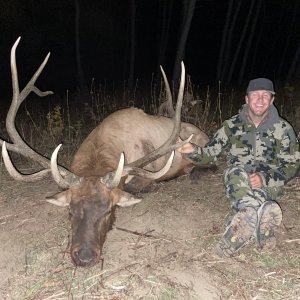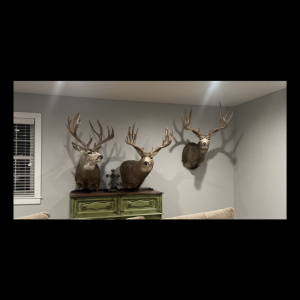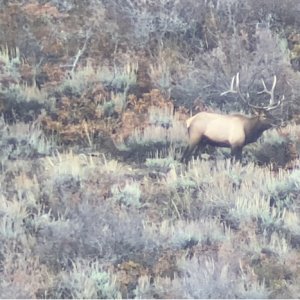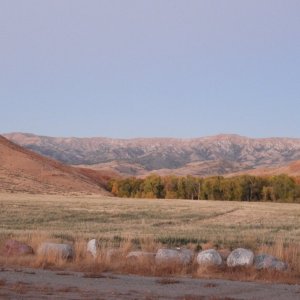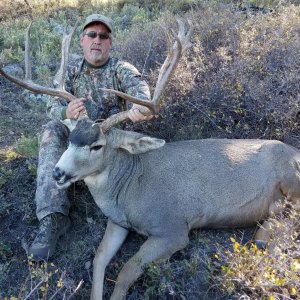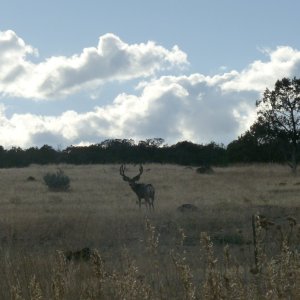R
rockclimber
Guest
Hello everyone. I'm relatively new to hunting out West (nevada). This will be my second year and i've drawn an early archery tag. Last year i hunted a unit with much easier access, I learned a bunch and came close to getting a shot on several occasions.
Anyhow, this year i've drawn a unit with much tougher access and it has gotten me to thinking. What specifically do i need to do to make sure i don't mess up the meat in a hotter climate? Most of my experience is hunting whitetails in pennsylvania. Hunting nevada is like hunting on mars (in a good way!) compared to a treestand in a big oak tree. Archery season in PA is cool/cold so there is little worry.
I'll be hunting in august in nevada. If i'm lucky enough to get a buck i imagine it will be a time consuming chore to get it to a meat processor. Does anyone know of any links with good info on game care in warm/hot weather? I know the basics...i can field dress no problem. I know enough that i can quarter if needed to hike out. Game bags - check. Is meat laying around in 80 degree (or hotter) weather OK? Do i need to take iced coolers with me (in camp)?
Tips, suggestions, links, a good joke....lay it on me!
Thanks!
RC
Anyhow, this year i've drawn a unit with much tougher access and it has gotten me to thinking. What specifically do i need to do to make sure i don't mess up the meat in a hotter climate? Most of my experience is hunting whitetails in pennsylvania. Hunting nevada is like hunting on mars (in a good way!) compared to a treestand in a big oak tree. Archery season in PA is cool/cold so there is little worry.
I'll be hunting in august in nevada. If i'm lucky enough to get a buck i imagine it will be a time consuming chore to get it to a meat processor. Does anyone know of any links with good info on game care in warm/hot weather? I know the basics...i can field dress no problem. I know enough that i can quarter if needed to hike out. Game bags - check. Is meat laying around in 80 degree (or hotter) weather OK? Do i need to take iced coolers with me (in camp)?
Tips, suggestions, links, a good joke....lay it on me!
Thanks!
RC


